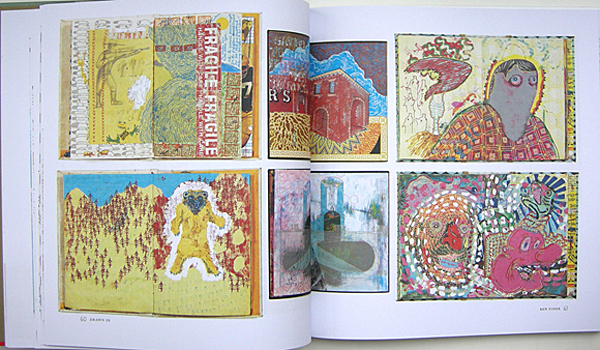

This didn’t happen for every lesson, but for the most part, I needed to be very active making sure that each child was progressing forward. I would outline a technique, drawing concept or guidelines, but the students needed to be self-guided and motivated to complete their own art subject. The drawbacks to this approach is that there is no specific steps for each art project. I found that although many art projects weren’t the frame-worthy finished art piece, most children took a great deal of pride in their pieces and were thrilled to be able to use whichever art supplies they felt they needed. Most of the class LOVED this self-serve approach. I soon got tired of this extra prep and trained the students to get their own supplies and put away the supplies. I would add the supplies needed for previous lessons on another table in case students finished the current project and wanted to work on an old project. The art supplies that we would need for the particular lesson would be on each table with one exception. They would find their book and sit at their table. When the students entered class, I had the sketchbooks on a table in the back of the room. The 6th grade teachers encouraged me to store the sketchbooks in the art room as they suspected that if the students were expected to bring them to art class every week, they might forget them. To received notification when each post is published on the blog, make sure you are signed up for my weekly newsletter: Over the course of 15 weeks of art (50-minute classes) these are the projects we did:Įach week I will post the lessons above so that you have the opportunity to see how I approached the lesson, what the children experienced and how I might approach a lesson differently. The classroom teachers were the ones who reported the biggest benefit: they claimed the students talked about their sketchbooks and art class more than in the previous year. Some students missed the larger pieces of art (I know I did) and some students were non-committal with their opinions. At the end of the year, after we filled up the pages in the sketchbooks, most students reported that they enjoyed working on their own sketchbooks compared to the larger format papers that we typically used in art class. Would students like a sketch book compared to a larger piece of art?

I cleared a few drawers to make room for the 75 books and dove into creating a few starter projects to engage the kids. The idea was for each student to have his own sketchbook but they would leave the sketchbook in the art room.

I could now proceed with the Sketchbook Project without compromising the art budget for the rest of the grade levels. But when you have a small art program (15 weeks a year), there isn’t enough opportunity to justify the purchase of a product that would consume a third of your art budget.īut, what if the sketchbook was the only thing you offered the students? Then it began to make sense.Īfter discussing the idea with the 6th grade teachers, they agreed to partially fund the sketchbooks.
SKETCH BOOK ART FREE
They could be used for practice drawing, experimentation with paint-mixing and free choice.

I always wanted to offer my students their own sketchbooks to bring to art class. Would a self-guided approach to art-making work with my 6th grade class?


 0 kommentar(er)
0 kommentar(er)
